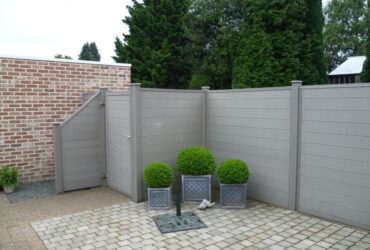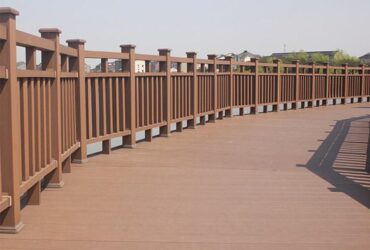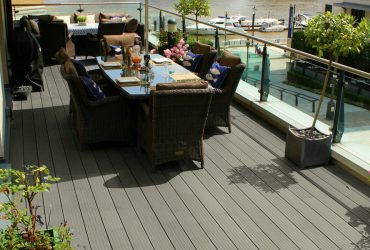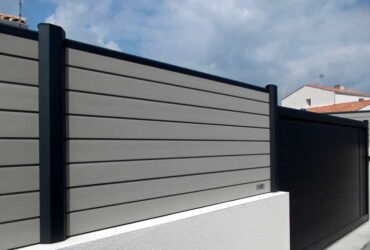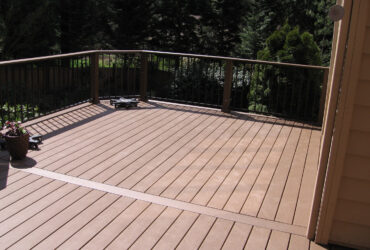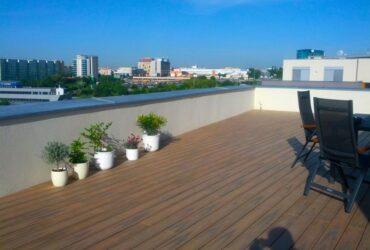Microporous Foaming Makes Plastic Wood Shine
Compared with ordinary wood-plastic composite materials, microcellular foamed wood-plastic composite materials not only have lower density, but also have higher impact resistance, strength, toughness, fatigue cycle and thermal stability. In recent years, with the continuous improvement of technology and people's deepening understanding of it, the application fields of microporous foamed wood composite materials have continued to expand, showing good development prospects.
The application of wood-plastic composite microporous foaming technology can solve the problems of high density and insufficient size of ordinary wood-plastic products to meet actual needs, thus expanding the application fields of wood-plastic products. Microporous foamed wood composite profiles are low-foaming extruded products with thermoplastics as the matrix, sawdust or plant fiber as the main filler, surface crusting, and core layer foaming.
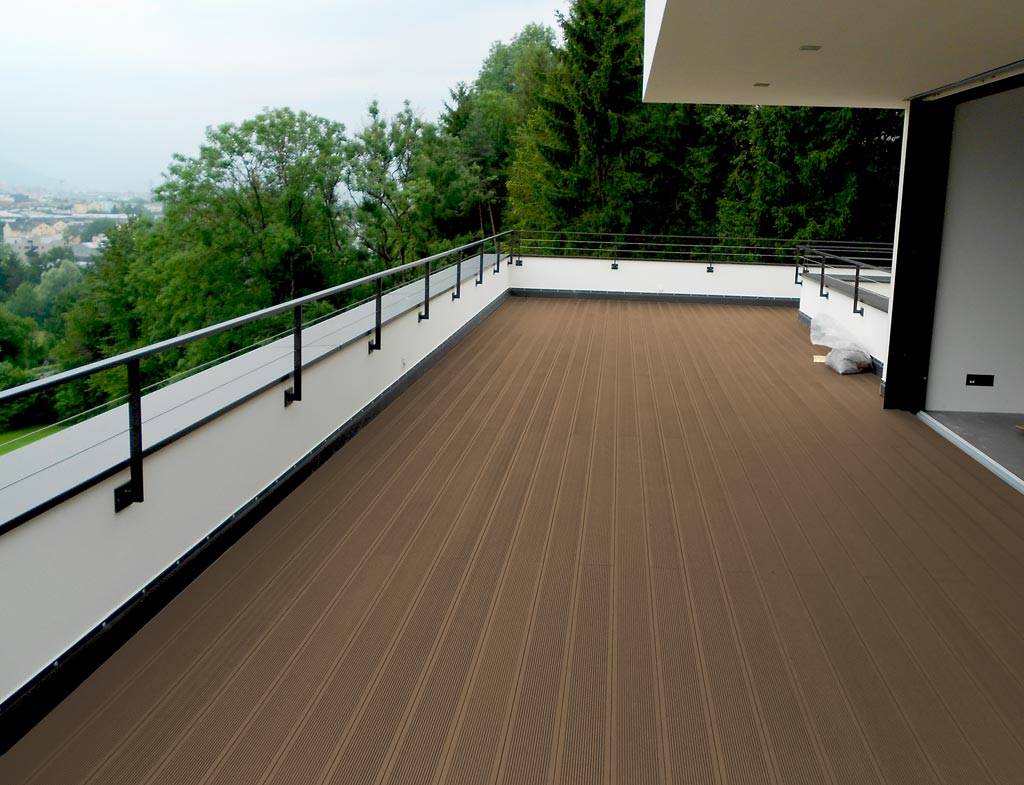
In recent years, plastic wood micro-foaming technology has also made great progress. In particular, PVC manufacturing companies, in order to adapt to product performance requirements, develop new processing techniques, introduce foaming processing technology, reduce material costs, and expand the use scope of wood plastic. Foamed plastic wood composite materials can be used as lightweight and high-strength components required for thermal insulation materials in the automotive industry, sports equipment, packaging, and construction industries, and they shine in application fields.
Research on foamed wood-plastic composites at home and abroad has made significant progress, and a series of important research results have been achieved, promoting the sustainable development of the wood-plastic composite industry. The market demand and application fields of foamed wood-plastic composite materials will become larger and larger, but existing products are difficult to meet the demand. Therefore, in-depth research on product design and process implementation is needed to realize the industrialization of foamed wood-plastic composite materials. . Accordingly, the future research trends of foamed wood-plastic composite materials will focus on the following aspects.
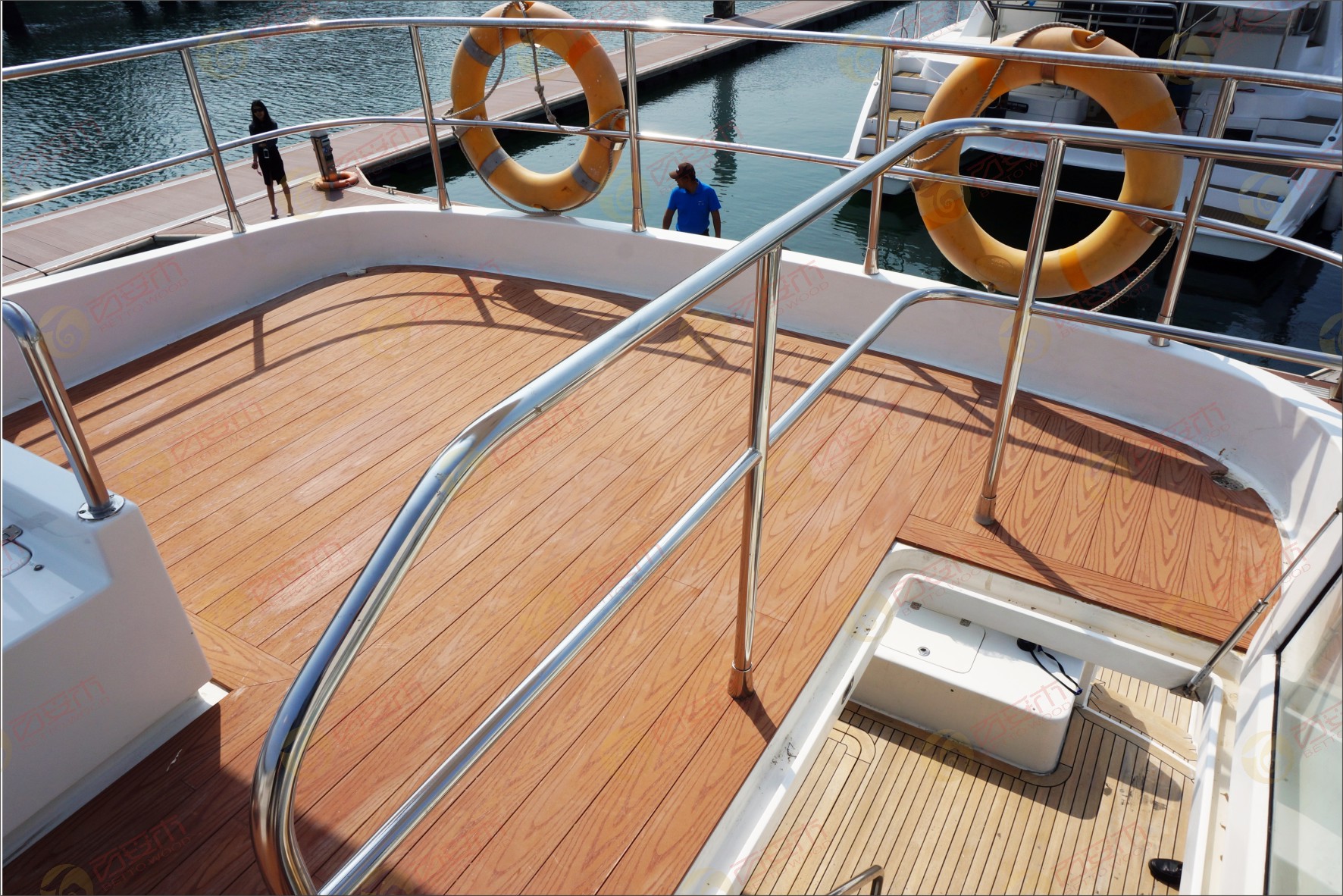
Development of new foaming technology
The existence of cells can overcome the inherent defects of plastic-wood composite materials and improve material performance. However, the cell structure of currently prepared foam materials is not ideal. New foaming processes such as supercritical fluid injection molding will be the focus of future research.
Improving the interfacial compatibility of plastic-wood composites
For wood-plastic composite materials, interfacial compatibility is an important factor restricting the application of materials. For foamed wood-plastic composites, the presence of cells weakens the connection between the plastic and the fibers. Although the coupling agents currently used play a certain role in improving interfacial compatibility, there is still room for improvement in this regard.
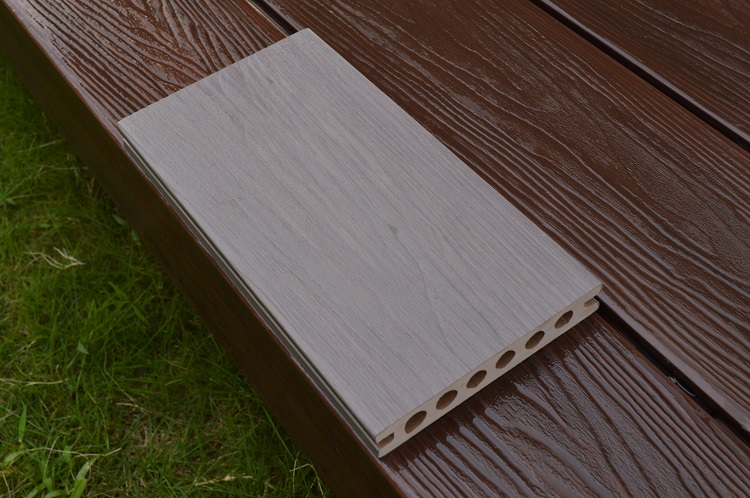
Functional materials development
In order to expand the application range of foamed wood composite materials, the next step in research and development is to develop materials with functions such as sound insulation, heat insulation, anti-corrosion and flame retardancy, aging resistance, and creep resistance.
Increase fiber content
As a renewable resource, biomass fiber is more energy-saving, environmentally friendly and cheaper than plastic. Increasing the fiber component in foamed plastic wood composites can not only reduce costs, but also accelerate the degradation of the material. But increasing the amount of fiber will definitely make foaming more difficult, and some of the material's properties will be reduced. Therefore, increasing fiber content will be the direction of future research.
As resources become increasingly scarce, people's demand for plastic-wood composite materials will inevitably increase. This also puts forward higher requirements for the preparation technology of wood-plastic composite materials. In the future, foamed wood-plastic composite materials will also develop in the direction of product functionality and diversification.

